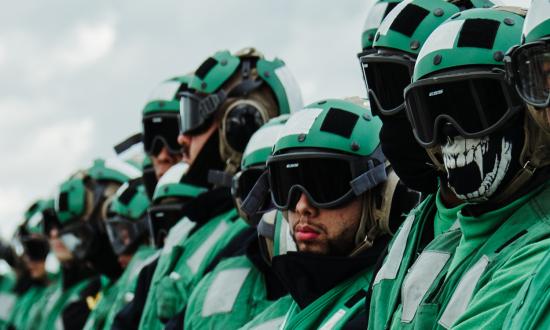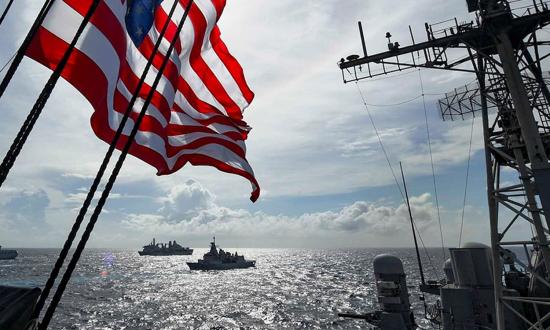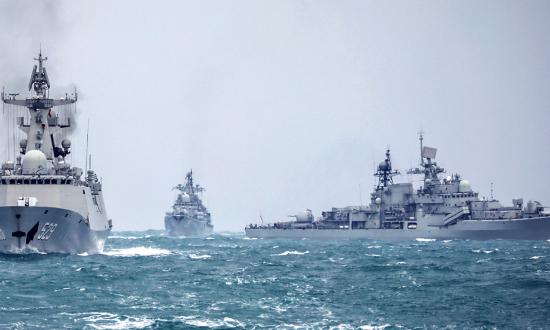This issue is our annual Naval Review—a look back at and analysis of the previous year in the Sea Services. The year 2023 saw significant budgetary, modernization, operational, and manning challenges across the force—and also some impressive progress and operational success. In “U.S. Navy in Review,” Dmitry Filipoff and Rob Holzer write about everything from experimentation with unmanned systems to operations in the western Pacific to the challenges posed by the Houthis in the Red Sea. In “U.S. Marine Corps in Review,” retired Lieutenant Colonel Wes Hammond writes, “2023 was a year of continuity,” despite a change of Commandant from General David Berger to General Eric Smith. “. . . Force Design 2030 will continue to be honed and refined going forward.” Retired Coast Guard Captain Joe DiRenzo and Commander Blair Sweigert recap a busy year of search-and-rescue, drug interdiction, IUU fishing enforcement, and other missions in the “U.S. Coast Guard in Review.” A fact that caught our attention was that the “white-hulled fleet” is currently undermanned by ten percent. Navy Captain Matt Wright took on the “Naval Aviation and Weapons in Review” this year. Captain Wright notes a “multiyear shortage of tailhook pilots of almost 50 percent.” He adds, “The simultaneous deployment of four fully manned carrier air wing teams was a significant accomplishment in 2023, but it may not be possible to replicate that feat in the next few years.” In his 21st annual “U.S. Merchant Marine in Review,” Shashi Kumar points out, “Perhaps counterintuitive, the Houthi attacks on shipping and resulting . . . deviation around Africa soaked up some . . . excess capacity, providing a temporary financial reprieve for shipping companies. Though damaging for product companies, the deviations provided the shipping companies with some relief.”
The winners of the General Prize Essay Contest are in this issue, too. Retired Navy Captain Sam Tangredi took first prize with “Replicate Ordnance, Not Cheap Drones.” The Honorable James H. Anderson won second prize with “The Next Taiwan Crisis Will (Almost) Certainly Involve Nuclear Threats.” And Navy Lieutenant Commander Patrick Rawlinson won third prize with “Torpedoes: Get Smaller to Think Bigger.” All three essays are exceptional. We thank Andrew and Barbara Taylor for their generous gift of support to this, our oldest and most prestigious essay contest.
As we were finishing this issue, our annual WEST Conference was happening in San Diego. The day before WEST, I had the privilege of visiting the USS Pinckney (DDG-91), thanks to an invitation from 2022 Proceedings Author of the Year Lieutenant Kyle Cregge, the ship’s operations officer. Since retiring from the Navy eight years ago, I have not had the chance to visit ships-of-the-line often enough. Being on board the Pinckney brought back powerful memories of my past sea tours, but, more important, it reminded me just how hard our sailors and officers work—and the massive responsibilities they carry every day. A destroyer is an incredibly complex system of systems, part of an even larger system—the Navy and the joint force. Proceedings articles often point out shortcomings in the Sea Services and ways to make them better—key to our mission—but sometimes it’s worth noting (with pride) the professionalism demonstrated across those services every day and just how hard the men and women in the fleet work.






